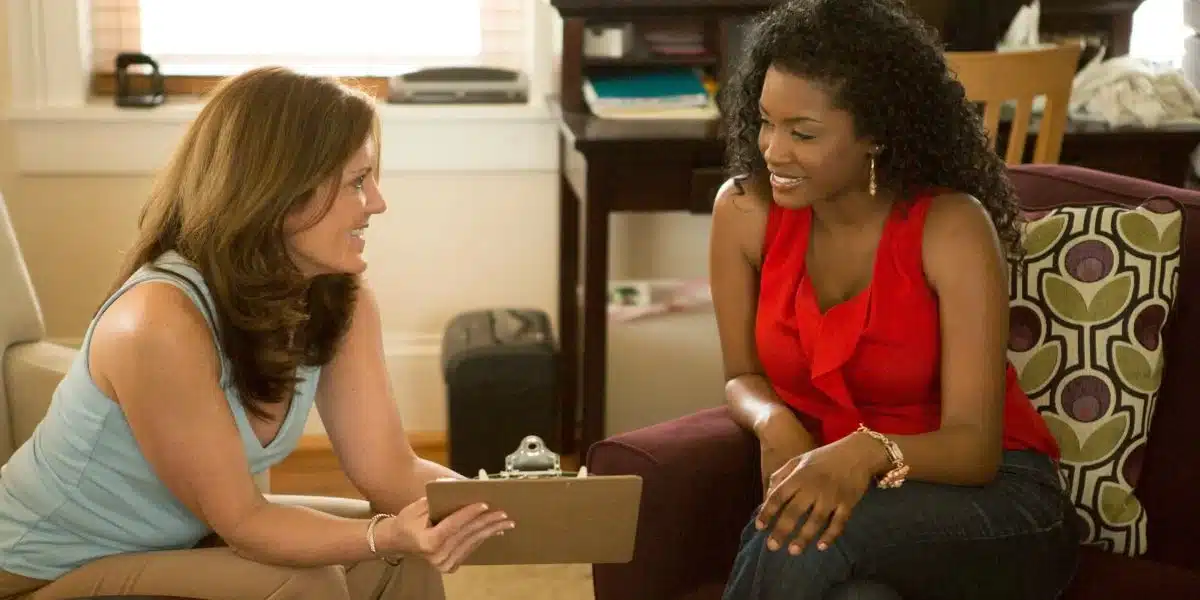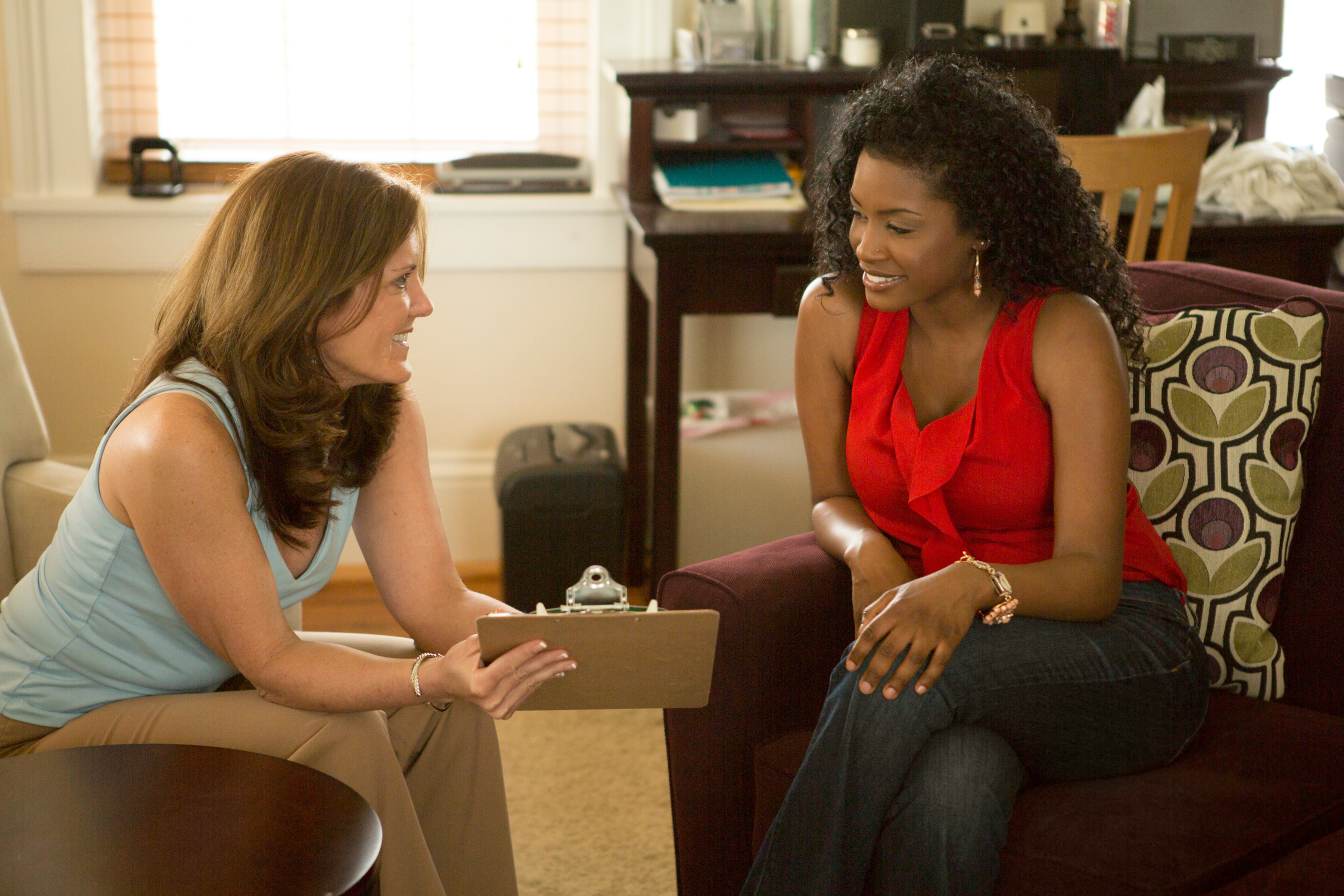Reliance on the Alliance, Part 3: The Tasks of Therapy


The alliance is the central filter of all your words and actions: Is what I am saying and doing now building or risking the alliance? Bordin (1979) classically defined the alliance with three interacting elements: (a) the relational bond between you and the client — the client’s perception of your empathy, positive regard, and genuineness; (b) agreement on the goals of therapy; and (c) agreement on the tasks of therapy or how the goals will be accomplished.
The tasks of therapy include specific techniques or points of view, topics of conversation, interview procedures, frequency of meeting, and all the nuts and bolts of doing the work. Don’t underestimate the importance of the seemingly mundane issues of scheduling, cancellation, payment, and between-sessions contacts. These are all aspects of the task dimension and can count for or against you in the alliance. All your behaviors need to go through the alliance filter — each of your actions is a manifestation of the alliance. Our follow-up study of the Norway Feedback Trial found that the highest category of complaints was just this aspect of the alliance — the everyday aspects of providing the service.
Asking for help to set the tasks of therapy further demonstrates respect for client capabilities, as well as our efforts to enlist participation in a collaborative endeavor. This is probably our biggest alliance blind spot. After all, we’re supposed to be the experts, right? The beauty of collaboratively setting the tasks of therapy is that we not only ensure the alliance is on track with an approach that resonates with everyone involved, but that this process also provides a continual impetus to broaden our theoretical horizons. Negotiating the tasks of therapy sets the stage for learning new things, expanding your conceptual repertoire, your theoretical breadth.
In an important way, the alliance depends on the delivery of some particular technique or treatment —a framework for understanding and solving the problem. If technique fails to engage the client in purposive work, it is not working properly and a change is needed. In essence, technique is the alliance in action, carrying an explanation for the client’s difficulties and a remedy for them — an expression of the therapist’s belief that it could be helpful in hopes of engendering the same response in the client. Indeed, you cannot have an alliance without a treatment, an agreement between the client and therapist about how the process will address the client’s goals of therapy. Similarly, you cannot have a positive expectation for change without a credible way for both the client and therapist to understand how change can happen.
Here is where the variety of models and techniques pays off. The question is: does the model or technique resonate? Does it fit client preferences? Does its application help or hinder the alliance? Is it something that both you and the client can get behind? You matter here, too. If you don’t believe in the restorative power of any selected approach—if you don’t have allegiance to it—then not much good will come of it. Can you get on board with the client’s notions about how he or she can be helped? Or perhaps some idiosyncratic blend of client ideas, yours, and theoretical/technical ones might ultimately be just the ticket. Your alliance skills are truly at play here: your interpersonal ability to explore the client’s ideas, discuss options, collaboratively form a plan, and negotiate any changes when benefit to the client is not forthcoming.
The Session Rating Scale can you help you make sure you are on the right track with the tasks of therapy and ensure that your approach is resonating with the client’s sensibilities. The SRS doesn’t leave the alliance to chance.
Bottom Line: While most are good at securing the first two elements of the alliance, agreement about the tasks of therapy continues to be a blind spot. You can’t have a good alliance without some agreement about not only the goals but also how therapy is going to address the issues at hand. The alliance is like a three-legged stool. If one leg is missing or wobbly, you are likely to fall on your …
Read more about the alliance in On Becoming a Better Therapist or a chapter, “The Person of the Therapist.” Watch a brief video about the alliance.
